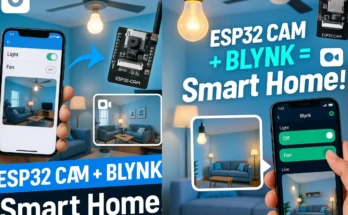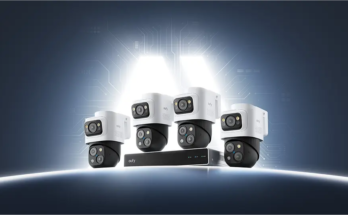Surveillance technology is evolving rapidly, integrating AI, biometrics, and cloud computing to improve security and efficiency.
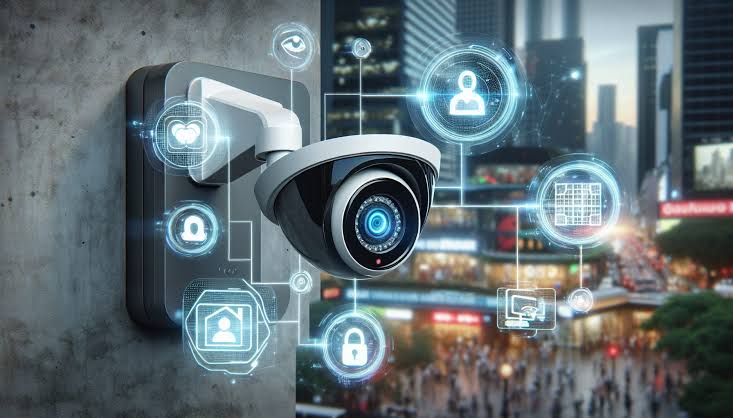
Read More: IoT-Enabled Remote Monitoring of Manufacturing Operations
These advancements are making surveillance systems smarter, more proactive, and highly automated. Here’s a look at the key innovations shaping the future of security.
1. AI-Powered Surveillance

Artificial intelligence (AI) is revolutionizing surveillance with real-time threat detection and automated monitoring. AI-driven cameras can:
- Identify suspicious behavior and send instant alerts
- Recognize faces, objects, and license plates with high precision
- Reduce false alarms by distinguishing between real threats and harmless movements
AI analytics also enable predictive security, helping businesses and law enforcement prevent crimes before they happen.
2. Facial Recognition and Biometrics

Facial recognition is becoming more sophisticated, allowing:
- Access control based on stored profiles
- Automated identification of suspects in public spaces
- Workplace security improvements through biometric authentication
Despite its benefits, facial recognition raises privacy concerns, leading to ongoing debates and regulatory restrictions.
3. Cloud-Based Surveillance
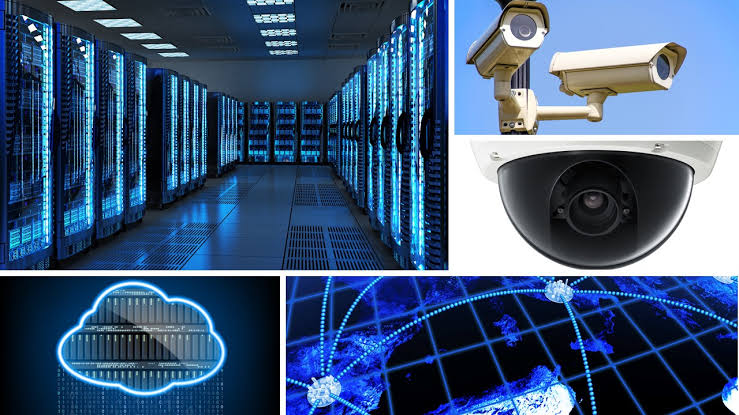
Traditional DVR-based storage is being replaced by cloud surveillance, offering:
- Remote access to live and recorded footage
- Enhanced cybersecurity through encryption and automatic backups
- Scalability, making it ideal for businesses and smart homes
Cloud systems also integrate with AI for advanced data analysis and real-time alerts.
4. 4K and Smart HD Cameras

High-resolution 4K cameras improve security with:
- Clearer images for detailed facial and license plate recognition
- Advanced night vision for 24/7 monitoring
- Wide-angle views to reduce blind spots
Some smart cameras even self-adjust to lighting conditions and track movements automatically.
5. Smart Drones for Surveillance
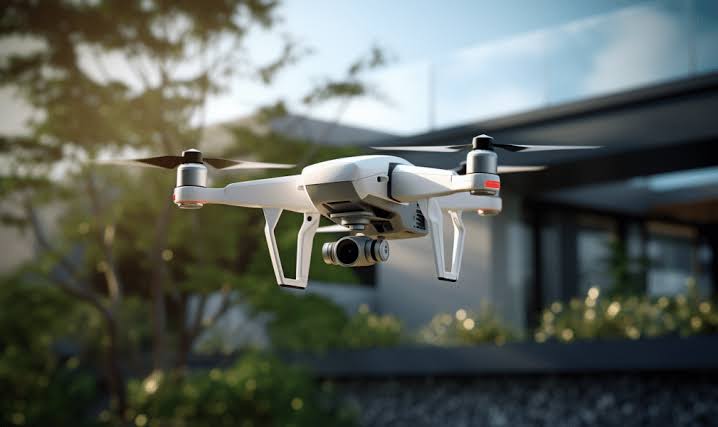
Read More: AI in Predictive Supply Chain Analytics for Demand Planning
Drones are enhancing perimeter security, traffic monitoring, and emergency response. Equipped with thermal imaging and AI, they provide live aerial surveillance in high-risk areas.
Conclusion
Surveillance is shifting from passive monitoring to intelligent security with AI, biometrics, and drones leading the way. While these innovations enhance protection, they also raise ethical concerns about privacy and data security. As technology advances, the challenge will be balancing safety with responsible practices.
